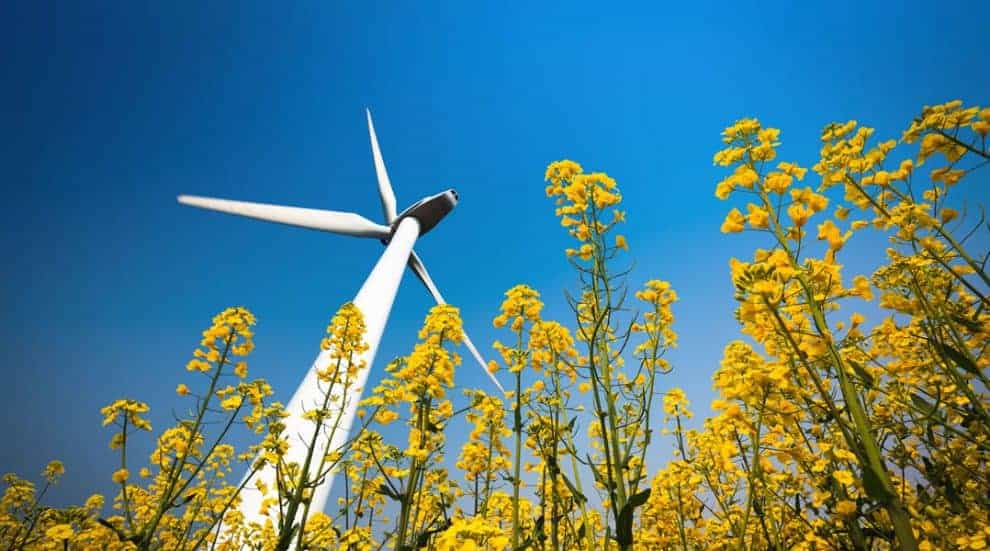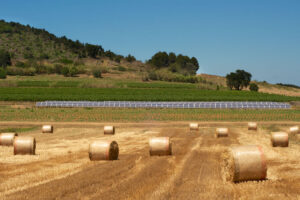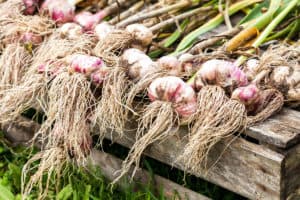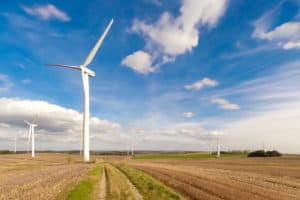Renewable energy and farming isn’t a new trend. It’s been happening for years as many farmers already grow corn to make ethanol. However, more and more farmers and ranchers are adding renewable energy to their farms to increase their incomes, and with the advances in technology, more options are becoming available.
Renewable energy can be broken down into three categories: wind, solar and biomass. All three have endless lifespans. It can be used on the farm to replace fuel, electricity, etc. It can also reduce pollution, global warming and oil dependence. We’ve broken down some of the many facts and benefits to adding renewable energy to your farm or ranch.
It’s more affordable now than ever. The cost of wind and solar energy has declined greatly. It is even considered the most economical solution for new capacity in a growing number of countries and regions. In addition, it doesn’t have many of the hidden costs associated with it that coal and nuclear power have.
Renewable energy is gaining momentum globally. It is predicted that by 2050, almost all global energy needs can be met by renewable energy. Here in the United States, 12 percent or more people in nine different states are getting their electricity from wind. In Iowa and South Dakota, that number jumps to 25 percent.
You can cash in by adding wind turbines to your farm. Developers are paying as much as $5,000 per year for each turbine installed. The turbines only use a half an acre of space, so farmers can still plant crops and graze livestock.
Incorporating solar energy into your farm can cut energy and heating bills. Solar heat collectors can also be used to dry crops, heat homes and livestock buildings. It can also provide hot water for dairy operations, pen cleaning, and your home. Overall, it’s just more efficient. All of the energy stored in Earth’s reserves of coal, oil and gas is equal to just 20 days’ worth of energy from the sun.
Using biomass energy means more money in your pocket. Biomass green energy, energy produced from plants and organic wastes, can be converted to energy on the farm or sold to energy companies that produce fuel and heat. The use of biomass energy could provide as much as $20 billion in new income for farmers, and new incentives are becoming available from the federal government regularly.
Overall, it’s fairly easy to make the switch to renewable energy. Just increase your energy efficiency. Get more done while using less. And shift your investments to renewable energy projects.
This content may not be used or reproduced in any manner whatsoever, in part or in whole, without written permission of LANDTHINK. Use of this content without permission is a violation of federal copyright law. The articles, posts, comments, opinions and information provided by LANDTHINK are for informational and research purposes only and DOES NOT substitute or coincide with the advice of an attorney, accountant, real estate broker or any other licensed real estate professional. LANDTHINK strongly advises visitors and readers to seek their own professional guidance and advice related to buying, investing in or selling real estate.










Add Comment